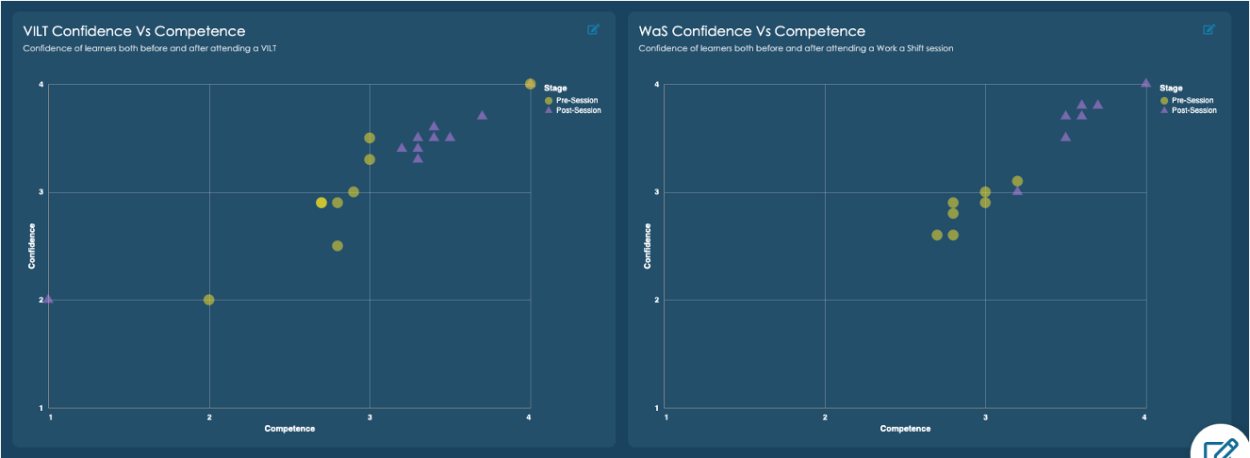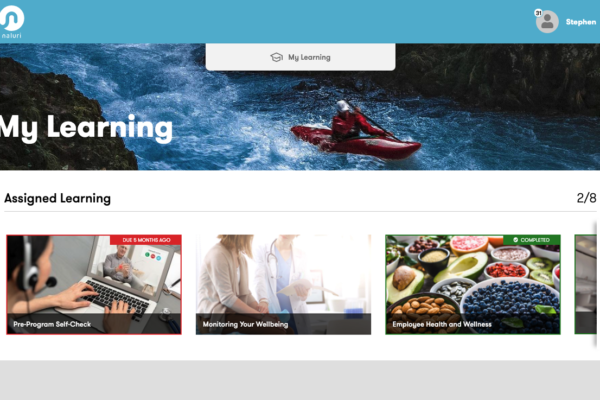Australia Post Case Study

Overview
Australia Post has one of Australia’s largest retail networks with over 4,300 Post Offices that support over 227m customer visits each year.
To support the large number of customer visits, there are approximately 8,300 Point of Sale (POS) terminals delivering services such as posting a parcel, sending a letter to a loved one, paying a bill over the counter, passport requests or simply purchasing an item.
Australia Post identified the transformation of the Counter Point of Sale (POS) system to be a hugely important step. The POST+ Program was established to build a new platform, supply new hardware and implement the solution to targeted Post Offices (corporate and licensed, approximately 3,600) throughout all Australian states and territories.
The rollout plan saw approximately 100 outlets per week deployed onto the new POST+ solution. A technical representative was deployed to remove the existing hardware and install new hardware overnight, with Post Offices (corporate and licensed) team members commencing use of the new POS the next day with no access to the old system. This was a wide-reaching national transformation with deep implications from a financial standpoint. It was deemed as highly risky from a business reputation and business continuity perspective.

The learning challenge
The rollout of this new technology impacted over 17,000 diverse Post Office team members distributed across Australia in metro, regional and remote areas.
To meet the needs of the project and more importantly, ensure all team members were able to confidently and effectively use the new POS once their location cut over, a blended learning strategy was devised with the following objectives:
- Use the existing 12-week POS training method as a basis for the project training strategy
- Refine the existing method and optimise to ensure training is time efficient and relevant
- Ensure the training is geared towards achieving the outcomes of quickly understanding requirements and maintaining confidence in using the system and a demonstrated ability to use the new system
- Provide clear and concise direction for participants to book Virtual Instructor Lead training (VILT) and Working at Store (WaS) immersion sessions. Scheduling and evaluation information to be included
- Ensure the leaning solution is robust enough to be re-used and revisited as a resource for participants to find key information in the lead up to and posts their cutover to POST+
- Introduce new concepts and best practice methodology for engaging digital learning. Ensure the digital learning delivers on expected outcomes, is sustainable and provides adequate data to provide meaningful reporting
- Reporting is to provide participant real-time and relevant information on the progress and the amount of effort required to complete the remaining requirements. Project stakeholders will require detailed information showing location readiness for cutover.
The learning design and engagement strategy for the POST+ program needed to cater for:
- A geographically dispersed audience, 4,313 Post Office across the country, with 1799 in Metro, 522 in remote and 1992 is Rural areas
- Learners to come from the majority of Licensed Post Office (LPO) which are often mixed business (a Post Office outlet within a business like a newsagency or pharmacy) and don’t have time to dedicate to training
- A preference for a combination of digital learning, hands on and on-the job. Documentation such as FAQS’s Easy Guides, QRGS to be incorporated and made available when relevant
- Content to be tailored to suit roles, reducing the amount of generic and non-relevant content

A comprehensive and cohesive solution
To cater to the needs of the program and ensure organisational objectives were met, the final solution consisted of:
- Learning Platform
- The ClearXP learning platform was used to provide the level of flexibility and functionality needed for a program of this scale
- ClearXP was integrated with SuccessFactors LMS for sharing user information and completion results
- Learning Pathway
- Built using ClearXP the learning pathway was designed to cater to their different audiences. Depending on their role, users would see a visual pathway outlining every step in their journey
- Each step included relevant materials for their stage of the journey, digital learning assets, gamified learning modules, assisting documentation or the ability to schedule or view their face-to-face learning sessions
- Dashboards
- Managers were given a dashboard view allowing them to see how their team was progressing.
- Managers could also manage VILT and WAS scheduling using the program.
The program was successful in meeting the project and organisational objectives by:
- Devising an 8-week learner journey that reduced training times. Embracing engagement methods such as gamification and by providing tailored content specific to audience groups, therefore reducing generic training content
- Proving multiple opportunities for learners to provide in-flight feedback about their levels of confidence about the impending change
- Integrating a robust and seamless scheduling tool within the learning journey. Used for both scheduling VILT and arranging WAS sessions
- Incorporated a resource library with easy to search and find content. The deep search provided accurate responses to queries
- Using gamification as a concept that was relatively new within Australia Post. Simulation-based game play was used, providing scoring that rewards accuracy, efficiency, and recognition of correct customer service processes. Learners were encouraged to attempt levels multiple times, resulting in learners committing processes to memory
- The entire program was tracked using advanced xAPI reporting. This means granular data was recorded at every learner touchpoint. Reporting and dashboards were devised to show stakeholders how the program was progressing and highlight any issues

Outcomes of the project
The objective of the project was to ensure participants felt confident in using the system and showing demonstrated ability to use the new system.
To measure confidence, sentiment data was captured at each stage of the journey. For the over 10,000 participants who accessed the learning pathway, the sentiment for digital learning remained strong, never dropping below an average score of 4 out of 5. This proved that the learning materials were effective in ensuring learners remained confident in their ability to use the POS system from day 1 of cutover.
The gamified module was designed to allow the learner to demonstrate their understanding of how to use the new system. The scoring mechanism was designed to evidence improvement in efficiency, accuracy and knowledge.
Results showed that most participants (over 70% of 9000 users who completed the gamified module) attempted each level up to 6 times, ultimately improving their score with each attempt. Often the improvement in scoring was by over 50%. This shows evidence of capability improving with each attempt, showing an increase in understanding when using the system and increasing confidence to serve their customers using POST+ from Day One.
VILT and WAS evaluations were used to measure and evaluate learner confidence once they had completed the sessions. Results show a marked improvement in confidence, comparing metrics taken before and after the sessions.

Project
POST+
Launched
August 2022
Technology
ClearXP


